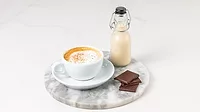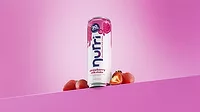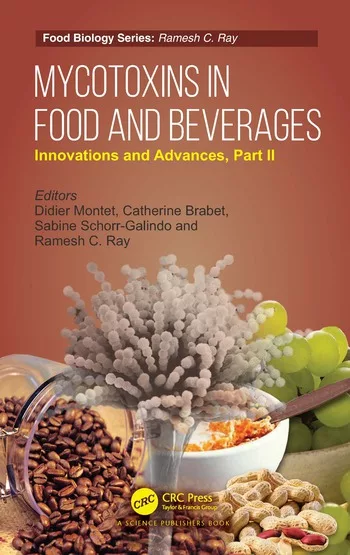Ingredient Spotlight
Vanilla remains top solution for beverage formulations
Natural, clean-label associations keep vanilla on top
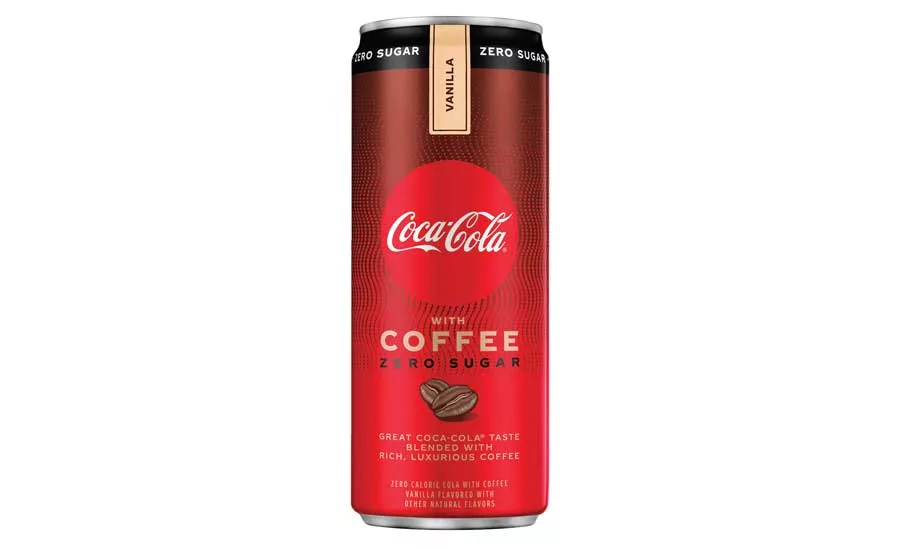
Popular across a range of food and beverage products, vanilla has solidified its footing as go-to beverage flavor.
K.C. Kuder, marketing communications specialist at Wauconda, Ill.-based Synergy Flavors Inc., is highly familiar with the importance of vanilla in beverage formulations.
“Vanilla continues to be a mainstream flavor profile across food and beverages,” Kuder explains. “Vanilla’s strong association with indulgence positions taps into a consumer’s sense of nostalgia. Warm and creamy notes of vanilla easily connect consumers to childhood memories of holiday traditions. It’s one of the top trends across food and beverages formulation today.”
The naturalness and clean-label attributes of vanilla are gaining attention from vanilla manufacturers with global mass appeal and particular growing conditions. For instance, Synergy Flavors has built nine schools across the Sava region of Madagascar. The supplier also has created a well to help citizens gain access to clean water. This type of assistance exemplifies the company’s attempts on specializing global responsibilities, she says.
“Synergy Flavors has been working with the Madagascar Development Fund since 2016 to increase access to education and clean water through the construction of necessary and well-needed resources,” Kuder explains. “In doing so, we proudly give back to the Malagasy community, who produce more than 80 percent of the world’s vanilla today.”
In terms of category usage, the oaky, creamy notes of vanilla lends the flavor to pairing in coffee, alcohol beverages and nutritional potations. Within beverage applications, vanilla is lending itself to a wide range of beverages including carbonated soft drinks (CSDs) like cream sodas and root beer, as well as in alcohol beverages such as whiskeys, cordials and cocktails.
“The sweet brown notes present in vanilla make it the perfect match for coffee’s seemingly bitter taste attributes,” Kuder says. “Vanilla’s natural creamy and slightly woody or oaky notes pairs well in a variety of nutritional drink bases, including both whey and planet-based proteins.”
Oaky spice notes within vanilla also pair well with alcohol products such as dark spirits like whiskey and beer.
“Alcohol is another category where vanilla is often seen, most commonly in beer and spirits,” Kuder says. “Vanilla can offer the beer category indulgence, subtly and/or additional flavor complexity, depending on the desired profile.”
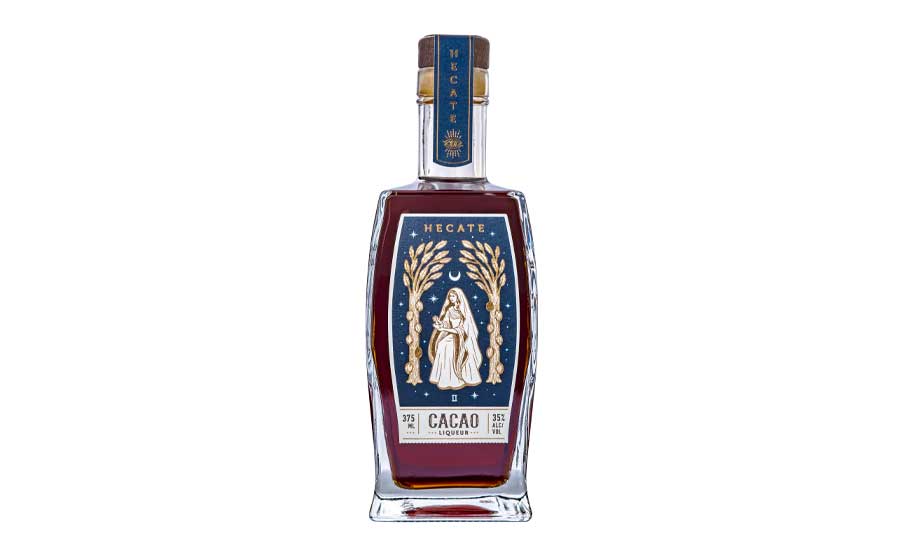
(Image courtesy of Bently Heritage Estate Distillery)
Synergy Flavors suspects the use of vanilla as a natural and flavorful ingredient will continue to increase. Beverage companies are fulfilling expectations for modern consumers by transitioning from artificial flavoring to matching natural profiles.
“Today, natural flavors lean toward being the new norm, with 43 percent of U.S. consumers surveyed stating made-with-natural ingredients as the most important attribute when purchasing a beverage,” Kuder notes. “Understanding the desire for natural ingredients in today’s market, natural and organic certified forms of vanilla flavors and extracts will likely continue to see an increasing presence in beverage formulation.”
In line with natural trends, the demand for clean-label solutions benefits the vanilla market.
“Product developers are looking to vanilla as a clean-label solution for new beverage product development,” Kuder says. “When seen on labels, vanilla extract conveys itself as natural to consumers.”
What also benefits vanilla is its compatibility with a variety of beverage categories.
“Vanilla trends to be an easier flavor profile to work with in beverages,” says Angela Lantman, applications manager at Synergy Flavors. “The biggest challenge we have faced when developing a vanilla flavored beverage is the typical flavor loss and changes that occur during thermal processing of dairy and plant-based beverages. Something that occurs with any given flavor profile.”
The company hasn’t approached numerous conflicts while working on vanilla ingredients in beverages. Its in-house proficiency on vanilla enables the development team to satisfy customers’ needs as far as taste and price. Synergy Flavors also test them to ensure the vanilla flavors remain superbly stable during the progress of commercializing a finished product.
Vanilla elevates beyond commonplace standing
Experts note that the familiarity of vanilla is helping the flavor extend beyond its commonplace standing within beverages.
“Its familiarity among customers and versatility allows vanilla to succeed in beverage applications both as a leading profile and as a supporting flavor,” Lantman explains. “Vanilla is used as both a standalone and complimentary flavor profile.”
Many corporations need to acquire relevant qualities into their structures. For instance, Synergy Flavors is collaborating with vanilla bean farmers in Madagascar and bean suppliers to produce high-quality vanilla extract for beverages.
“Our vanilla product ranges from pure vanilla extract, natural vanilla flavors including types and WONFs, organic certified, and artificial vanilla flavors,” Lantman says. “Our specialization in vanilla allows our flavor creation and product experts’ teams to utilize vanilla across applications, suited to meet any desired label claims or flavor profile.”
Given these factors, experts anticipate that vanilla’s usage in beverage formulations will only continue.
“Vanilla will continue to have a strong presence in beverages,” Lantman says. “With the use of natural vanilla flavors and pure vanilla extract increasing as consumers continue to seek out the natural ingredients in the products they consume. Additionally, because of its subtlety and versatility, vanilla will also continue to be used as a grounding profile in flavor pairings as more exotic and botanical flavor profiles are launched across beverage categories.”
Looking for a reprint of this article?
From high-res PDFs to custom plaques, order your copy today!



